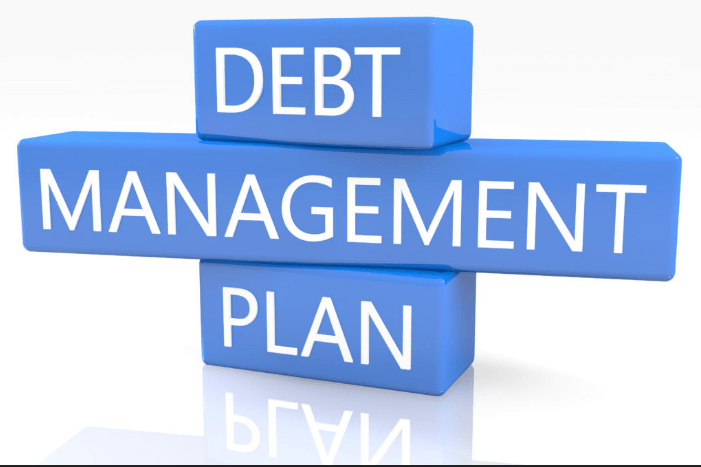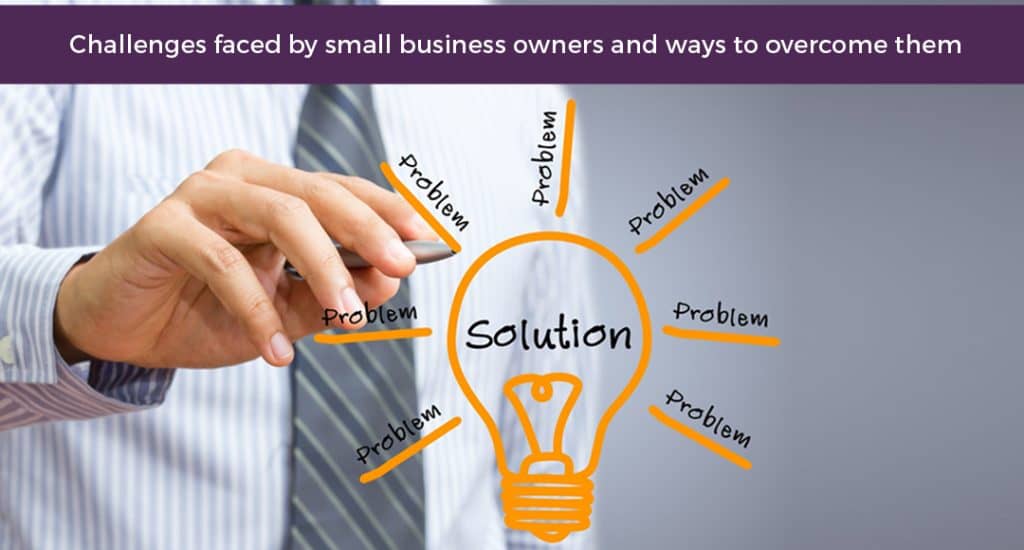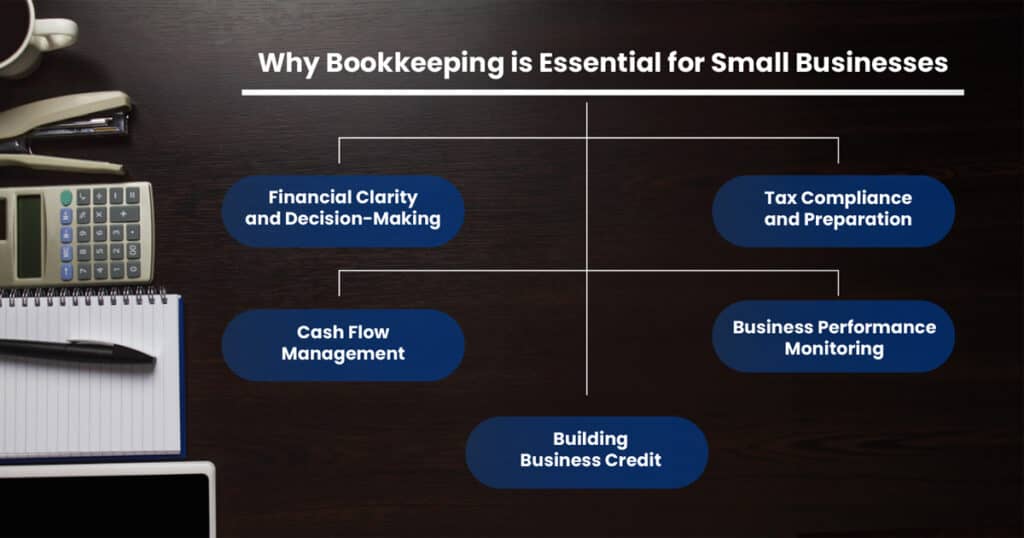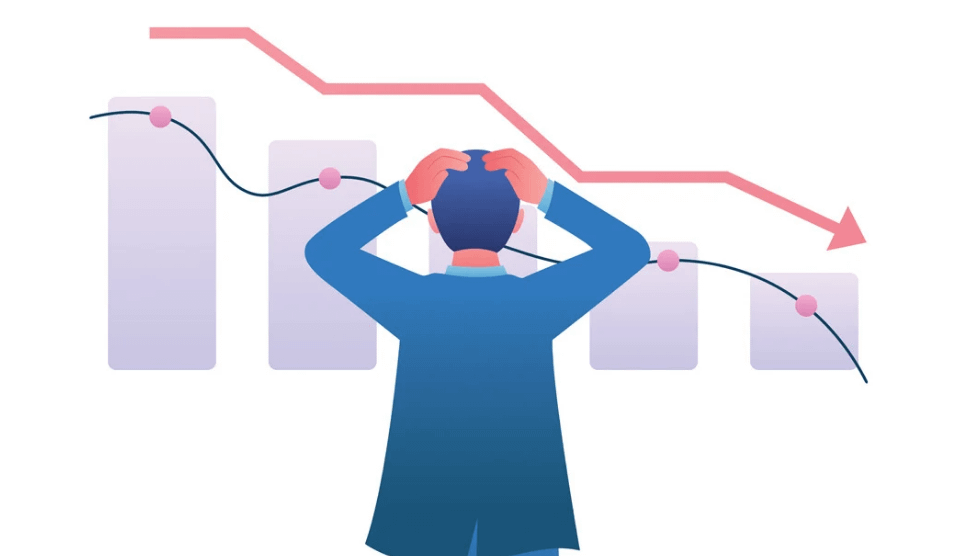Good vs. Bad Debt

Good vs. Bad Debt:
Debt is often viewed negatively, but not all debt is created equal. Understanding the difference between good and bad debt can help you make smarter financial decisions and build long-term wealth. Let’s explore the nuances of debt and how to leverage it wisely.
What is Good Debt?
Good debt is borrowing that has the potential to increase your net worth or generate income over time. It typically comes with favorable terms and reasonable interest rates. Here are some examples:
- Mortgages: Buying a home can build equity and potentially appreciate in value over time.
- Student Loans: Education can increase your earning potential and career prospects.
- Business Loans: Financing a business venture can lead to long-term profits and asset growth.
- Home Improvement Loans: Strategic renovations can increase your property’s value.
Good debt is an investment in your future, offering potential returns that outweigh the cost of borrowing.
What is Bad Debt?
Bad debt, on the other hand, doesn’t contribute to your financial growth and often comes with high interest rates. Examples include:
- Credit Card Balances: High-interest rates can lead to a debt spiral if not managed properly.
- Payday Loans: These short-term loans often come with exorbitant fees and interest rates.
- Auto Loans for Luxury Vehicles: Cars depreciate quickly, and expensive models can strain your finances.
- Personal Loans for Non-Essential Items: Borrowing for vacations or luxury goods rarely provides long-term financial benefits.
Bad debt typically finances consumption rather than investment and can hinder your financial progress.
The Gray Area
Some debts fall into a gray area and can be good or bad depending on how they’re used:
- Personal Loans: Can be good for debt consolidation but bad if used for unnecessary expenses.
- Auto Loans: Necessary for transportation but can become burdensome if the loan terms are unfavorable.
- Credit Cards: Can build credit if used responsibly but can lead to financial trouble if mismanaged.
Making Smart Debt Decisions
To leverage debt effectively:
- Assess the Purpose: Will this debt help you build wealth or achieve important life goals?
- Consider the Terms: Look for low interest rates and favorable repayment conditions.
- Evaluate Your Ability to Repay: Ensure the debt fits comfortably within your budget.
- Balance Risk and Reward: Weigh the potential benefits against the costs and risks of borrowing.
- Have a Repayment Plan: Always have a clear strategy for paying off the debt.
While it’s generally best to minimize debt, understanding the difference between good and bad debt can help you make strategic financial decisions. Good debt, when managed responsibly, can be a powerful tool for building wealth and achieving your goals. Bad debt, however, should be avoided or minimized to maintain financial health.
Remember, even good debt can become problematic if not managed properly. Always borrow within your means and with a clear purpose in mind. By making informed choices about debt, you can pave the way for a stronger financial future.
If this strikes a chord with you, you are one click away from finding a better path. https://www.freedomsgood.com/accounting





